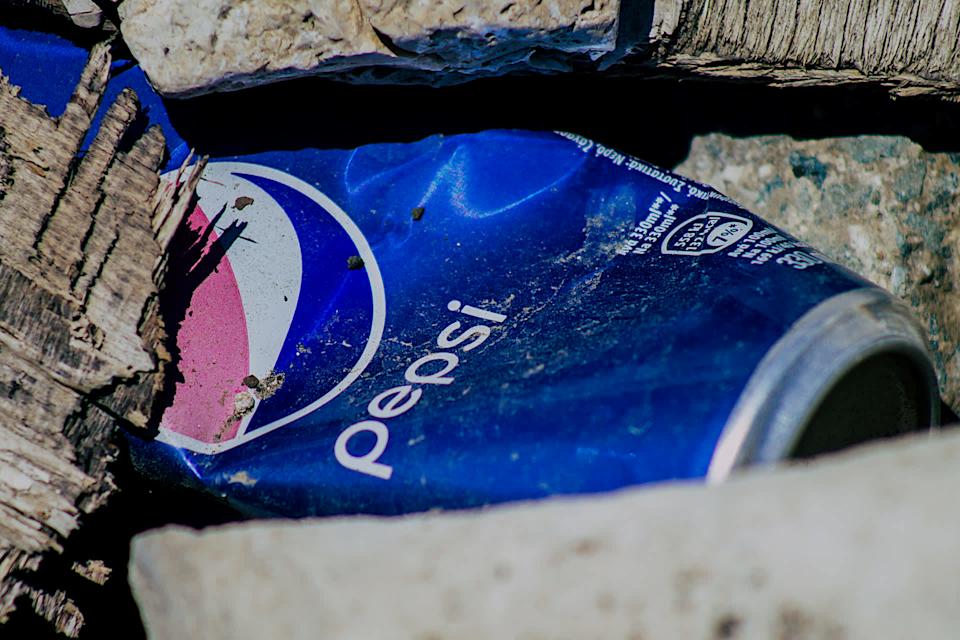A recent study highlights PepsiCo as the foremost source of branded plastic waste found throughout the Indian Himalayas for the third consecutive year. In 2024, volunteers collected more than 121,000 plastic items across nine Himalayan states, with 84% originating from food and beverage packaging—including a significant portion from PepsiCo products like Lay’s, Bingo, and Sting energy drinks. Much of this debris consists of non-recyclable materials such as sachets, wrappers, and straws, which often accumulate at the bases of mountains and end up in landfills due to poor local management systems.
Volunteers and environmental advocates stress that the surge in plastic pollution is driven by shifts in consumer behavior—particularly increased tourism—and inadequate waste infrastructure unable to handle current demand . With PepsiCo consistently identified as the leading polluter, conservation groups like Zero Waste Himalaya and Integrated Mountain Initiative are urging brands and policymakers to adopt extended producer responsibility measures and bolster recycling efforts.
Read More: Ban on Swimming and Bathing in Rivers, Canals Reinforced Across Pakistan
PepsiCo’s response includes initiatives such as its PepsiCo Positive program, which encourages reusable packaging and aims for 20% of beverages to be sold in refillable containers by 2030, as well as grant-funded projects supporting regenerative agriculture and net-zero ambitions by 2040. Nevertheless, critics argue that such measures are insufficient given the scale of pollution. They say urgent systemic changes are needed in packaging design, waste collection, and consumer education to preserve the Himalayas’ fragile ecosystems.








